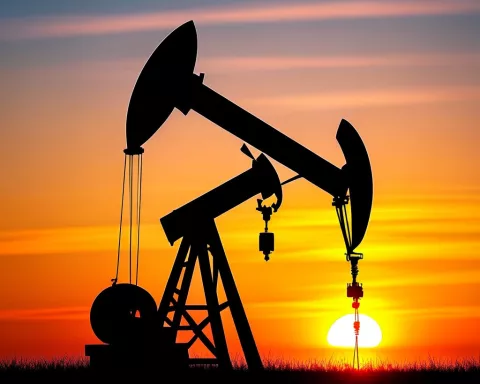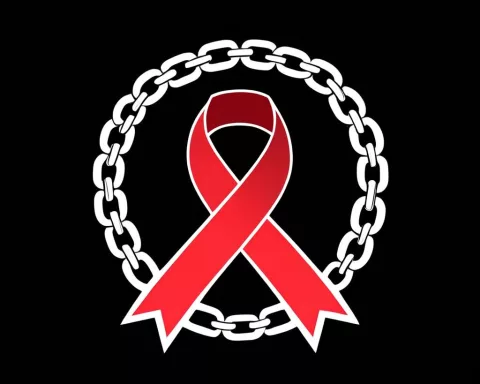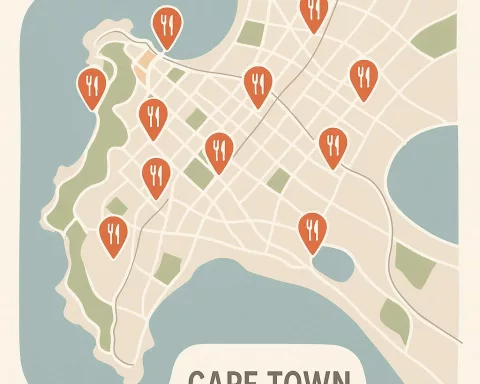South Africa is undergoing a tough energy crisis, with frequent power cuts known as load shedding. Key issues include the shutdown of important coal power stations, problems with the aging energy infrastructure, and a heavy reliance on a single energy company, Eskom. Political parties are voicing their frustration, demanding better management and more competition in the energy sector. As the country grapples with these challenges, the future of its energy supply hangs in the balance, requiring innovative solutions and teamwork. The journey to a stable energy future is not just about power; it’s a fight for hope and progress for all South Africans.
What are the main causes of South Africa’s energy crisis?
South Africa’s energy crisis stems from several factors:
– Increased load shedding stages due to unexpected unit tripping and maintenance issues.
– Shutdown of critical coal power stations, reducing energy capacity.
– Over-reliance on Eskom, leading to a precarious energy monopoly.
– Insufficient emergency reserves impacting future energy stability.
South Africa’s ongoing load shedding crisis has ignited a fervent political debate, revealing deep-rooted issues within the nation’s energy framework. Political factions, ranging from the Democratic Alliance (DA) to the Economic Freedom Fighters (EFF) and the uMkhonto weSizwe Party (MK Party), have voiced their frustration over the sudden escalation from Stage 3 to Stage 6 load shedding. This abrupt change underscores broader problems in energy governance and management.
Political Reactions to Energy Challenges
The energy crisis has elicited sharp reactions from South Africa’s political scene. The MK Party, through its representative Adil Nchabeleng, has raised alarms about the government’s decision to shut down three crucial coal power stations: Hendrina, Camden, and Grootvlei. These facilities, producing a combined 4,700MW, are vital to the already strained energy grid. The MK Party has taken to social media to amplify its concerns, urging a national dialogue on the future of the country’s energy.
On a parallel front, the EFF has vehemently criticized the government’s handling of the energy situation. Through statements on social media platforms, the party has expressed its dissatisfaction, accusing the Government of National Unity of failing to provide basic services. This critique ties into a wider narrative questioning governmental competence and the alleged prevalence of corruption, factors many believe are at the heart of South Africa’s persistent energy woes.
Meanwhile, the Democratic Alliance has seized this moment to advocate for comprehensive reforms within the energy sector. The DA contends that Eskom’s dominance creates a precarious monopoly vulnerable to systemic failures. They propose introducing more competition through the Renewable Energy Independent Power Producers Procurement Programme, arguing that private sector involvement could diversify energy sources and bolster grid resilience.
Challenges in Energy Management
The transition to Stage 6 load shedding was a contentious decision, as explained by Electricity Minister Kgosientsho Ramokgopa during a media briefing. He cited “extraordinary circumstances” that left the government with no choice but to escalate the load shedding stage, despite the prior three-week suspension. The minister acknowledged the negative impacts of this decision and reaffirmed the government’s commitment to resolving the crisis.
Several factors contributed to the increased load shedding. Unit tripping emerged as a significant issue, unexpectedly reducing power capacity. Furthermore, necessary maintenance, which sidelined over 7,000MW, caused further disruptions. The depletion of emergency reserves also highlighted the fine line between maintaining current operations and ensuring future energy stability, necessitating immediate replenishment efforts.
Coal has been both a boon and a bane for South Africa. It has historically provided a dependable energy source, yet it has also trapped the nation in a cycle of environmental and economic challenges. The global trend toward renewable energy offers a way forward, but the transition demands careful management to prevent exacerbating existing socioeconomic inequalities while ensuring energy security for all citizens.
Broader Implications and Future Directions
South Africa’s energy struggle is a microcosm of larger global trends seen in many post-colonial nations grappling with outdated infrastructure. The quest for energy independence and sustainability mirrors the themes of self-determination and equitable development crucial to post-apartheid South Africa. Political discourse around load shedding reiterates the need for accountability and transparency in governance, as well as inclusive dialogues that incorporate diverse perspectives to shape the future of the country’s energy landscape.
Cultural expressions, from literature to film, have long portrayed the broader socio-political landscape using the metaphor of light and darkness. In literature, the transition from darkness to light often symbolizes hope and renewal, providing a unique lens through which the energy crisis can be viewed as more than just a technical issue but a profound human challenge with cultural and emotional dimensions.
As South Africa stands at a pivotal juncture, decisions regarding energy policies will have far-reaching implications for the country’s economic vitality and social cohesion. A hybrid approach, combining renewable energy sources with traditional coal and other resources, offers both opportunities and challenges. Realizing this vision demands innovative thinking, collaborative governance, and a steadfast commitment to sustainable development.
South Africa’s resilience and ingenuity remain its greatest assets as it navigates these complexities. The country’s ability to overcome its energy crisis will not only define its immediate future but also set a precedent for addressing similar challenges worldwide. By fostering a culture of open dialogue and inclusive participation, South Africa can pave the way for a sustainable energy future, ensuring that the light of hope and progress continues to shine brightly for all its people.
FAQ: Navigating South Africa’s Energy Crisis
What are the main causes of South Africa’s energy crisis?
The energy crisis in South Africa is attributed to several key factors:
– Increased load shedding stages due to unexpected unit tripping and ongoing maintenance issues.
– The shutdown of critical coal power stations, which has significantly reduced energy capacity.
– A heavy reliance on Eskom, creating a precarious energy monopoly.
– Insufficient emergency reserves that threaten future energy stability.
How are political parties responding to the energy crisis?
Political parties in South Africa are vocal about the energy crisis:
– The MK Party has raised alarms about the shutdown of three essential coal power stations, urging a national dialogue on the future of energy.
– The EFF has criticized the government’s handling of the energy situation, linking it to broader issues of service delivery and governance.
– The Democratic Alliance advocates for reforms in the energy sector, seeking to reduce Eskom’s monopoly and promote competition through private sector involvement.
What is the significance of the recent escalation to Stage 6 load shedding?
The transition to Stage 6 load shedding has raised concerns about the government’s crisis management. Electricity Minister Kgosientsho Ramokgopa cited “extraordinary circumstances” necessitating this decision. The escalation underscores ongoing issues such as unit tripping, maintenance challenges, and depleted emergency reserves, all of which threaten the stability of South Africa’s energy supply.
How does coal factor into South Africa’s energy landscape?
Coal has historically been a reliable energy source for South Africa, but it also presents significant challenges. While it has powered the nation for decades, reliance on coal has led to environmental and economic issues. The global shift toward renewable energy presents an opportunity for South Africa, but careful management is needed to address socioeconomic inequalities while ensuring energy security.
What are the implications of South Africa’s energy crisis for the country’s future?
The energy crisis poses profound implications for South Africa’s economic vitality and social cohesion. The need for accountability and transparency in governance is emphasized, as well as the necessity for inclusive discussions to shape energy policies. The path forward may involve a hybrid approach that integrates renewable sources with traditional coal energy, demanding innovative thinking and collaborative governance.
How can South Africa achieve a sustainable energy future?
To achieve a sustainable energy future, South Africa must foster a culture of open dialogue and inclusive participation. By promoting innovative solutions and collaborative governance, the country can navigate its energy challenges effectively. This approach will not only ensure energy security for all citizens but also set a precedent for addressing similar global challenges, reinforcing South Africa’s resilience and ingenuity.












